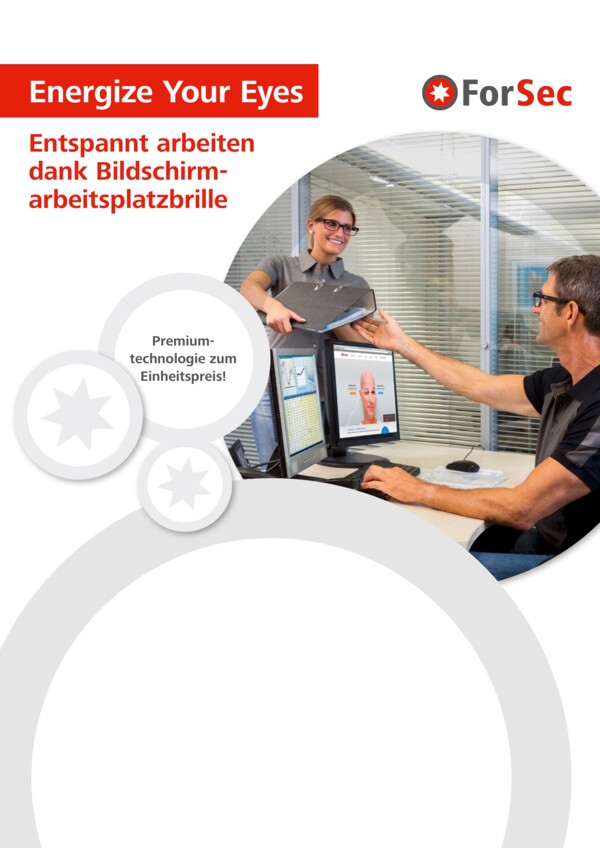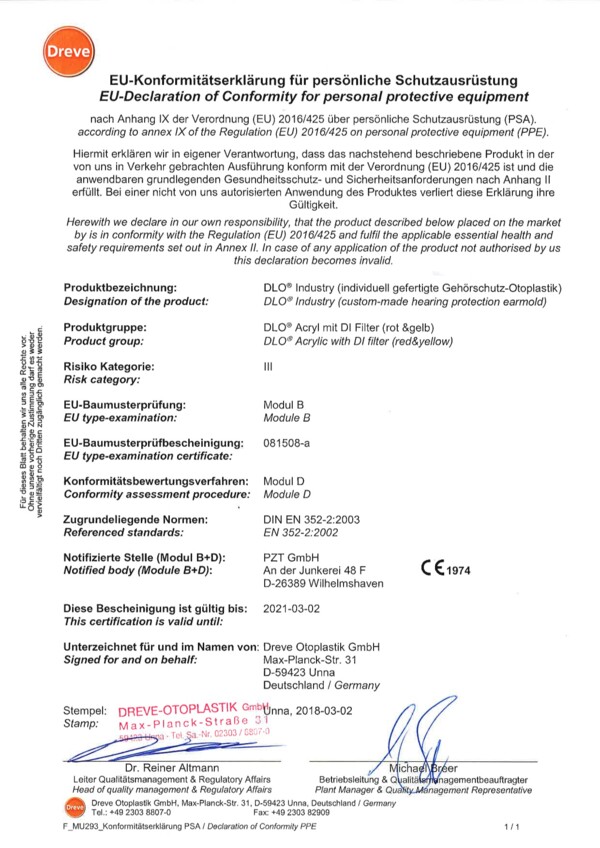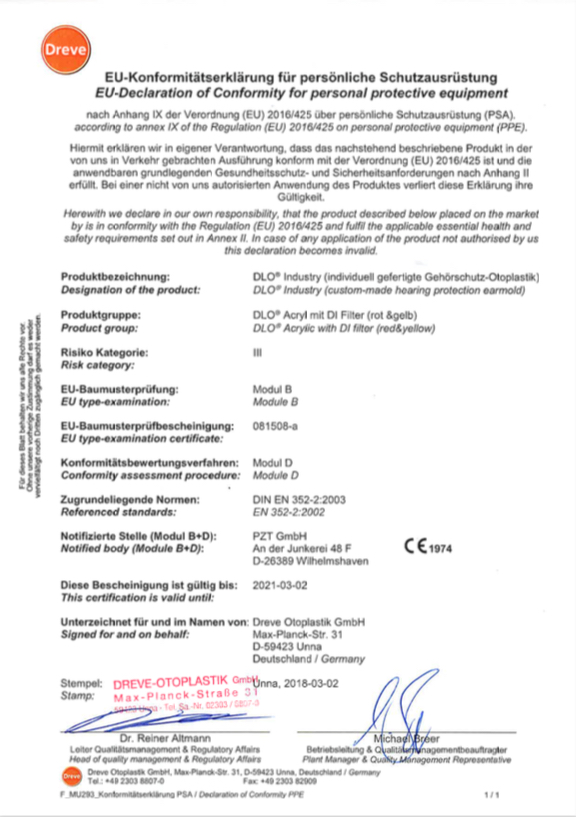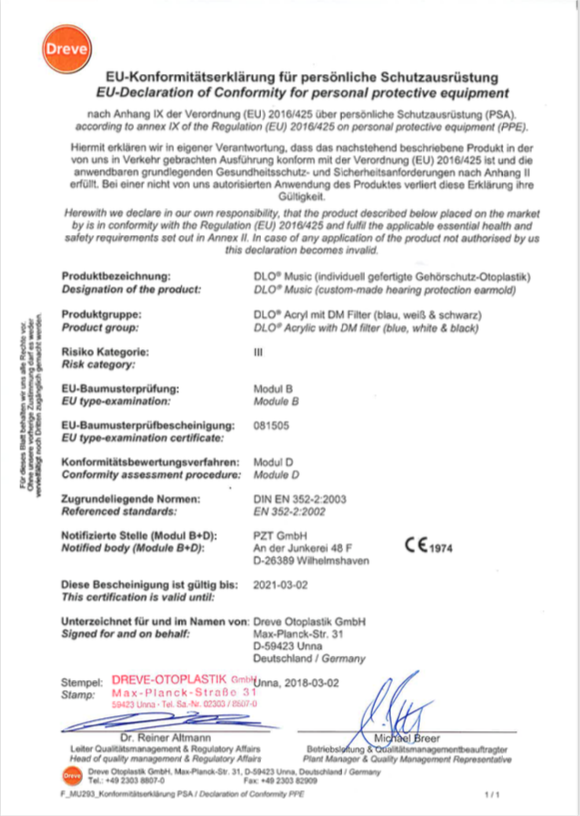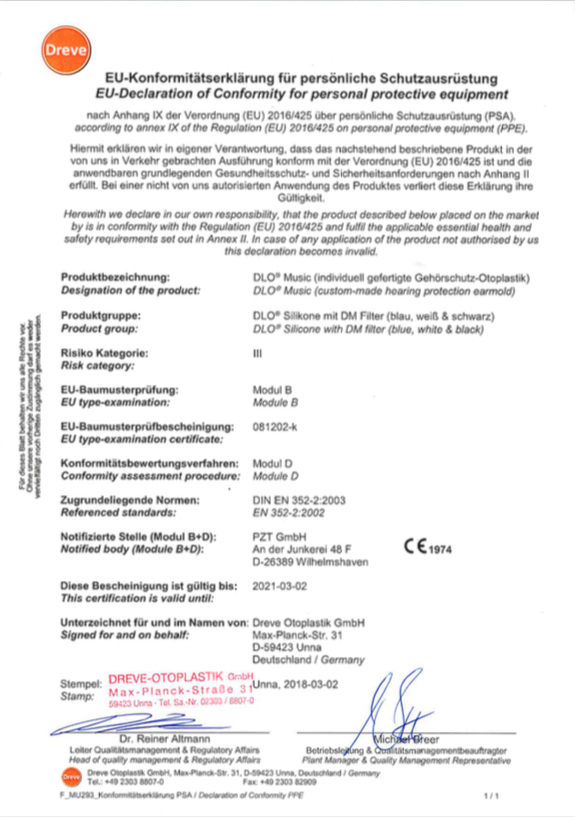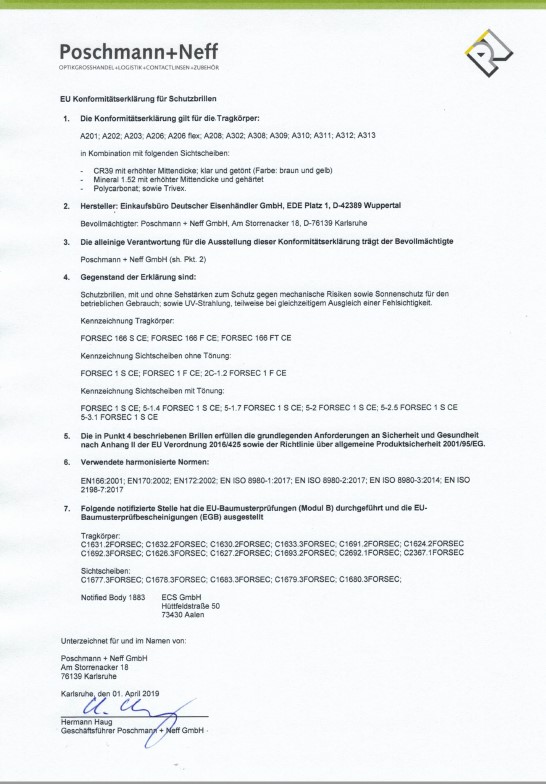Cost transfer for VDU spectacles
70% of employees who work at a computer screen suffer from CVS (Computer Vision Syndrome). Tense neck and strenuous vision when working at a computer screen are avoidable. At monitor distance (approx. 70cm in front of the eye) both reading glasses and progressive glasses reach their performance limits. All presbyopic persons with predominantly work-related PC work are therefore entitled to special computer work glasses, which must be provided by the employer. The basis for this is the Occupational Safety and Health Act § 4 ArbSchG Annex Part 4 Para. 2 Point 1
ForSec offers precision optics individually tailored to your workplace for maximum visual enjoyment.
Cost transfer for safety eyewear
Private glasses are not designed for use in hazardous areas. They do not close perfectly with the eye area, can splinter off and thus present an enormous injury potential when used in hazardous areas. Employers are therefore required to provide personal protective equipment (PPE) for workers who work in hazardous areas, unless the workplace can be designed in such a way as to exclude any risk to the worker. Protective glasses for spectacle wearers are those PPE which must be provided by the employer.
ForSec offers high-tech precision optics and spectacle frames for perfect protection and wearing comfort.
Cost transfer for hearing protection
Safety from noise is mandatory! With a noise exposure of more than 80 decibels, the employer must provide hearing protection at the workplace. Ear protection must be worn upwards of 85 decibels. ForSec offers the perfect individual hearing protection made to measure with shortest delivery times, highest wearing comfort and perfect protection.
Les Stress - ForSec hearing protection
When will I receive protective glasses from the company for my visual acuity?
- The basics. The Occupational Safety and Health Act (ArbSchG) stipulates that every workplace must be designed in such a way that employment there does not involve any risk to the employee. Where this is not possible, personal protective equipment (PPE) must be provided and used. Here, the employer has a duty.
Prescription safety glasses for hazardous areas
- Private glasses. They are not designed for protection at the workplace in hazardous areas, as they present a risk of injury. ForSec has been the first to know that the crisis has not been solved. Award-winning prescription eyewear from ForSec has proven itself in bullet and flammability tests - for maximum safety.
- DGUV 112 192: Commercially available prescription glasses have no protective effect. For this reason, the employer must also provide suitable eye protection for insured persons with defective vision.
For short-term work of a few minutes, basket or over-glasses or visors can be worn. However, combinations with basket or over-glasses tend to fog up, can lead to additional dangers and are therefore, as experience shows, often rejected. Furthermore, such combinations often cause double images or reflections. The use of prescription safety glasses is therefore recommended, as they combine protective function and corrective effect.
VDU glasses for screens
When do I get screen glasses from the company?
- VDU glasses as PPE. If, in the case of presbyopia, an occupational activity is carried out on the screen, screen glasses are considered personal protective equipment in accordance with the Trade Association Information (BGI) 786 § 6 Para. 2 of the Display Screen Equipment Ordinance.
- Neediness guaranteed. The European Regulation on Visual Display Units ensures that presbyopic persons working at a screen have the right to professional screen glasses.
- PC removal. If the employer provides special visibility conditions (at a PC distance of 0.7 to 1.0 m), he must provide basic protection for this in accordance with the Occupational Safety and Health Act.
- occupational health care. According to Annex Part 4 Paragraph 2 Item 1 of the Ordinance on Safety and Health at Work, employees must be provided According to Annex Part 4 Paragraph 2 Point 1 of the Ordinance on Occupational Health and Safety Precautions, employees "shall be provided with special visual aids to the extent necessary for their work on display screen equipment". The DGUV principle for occupational medical check-ups, which applies specifically to VDU workstations - in accordance with G37 (BGG 904-37) - provides information on the requirements for testing eyesight. Instructions for occupational health examinations can be found in DGUV Principle G37 "VDU Workstations" (BGI 504-37).
Otoplastic for noise reduction
When will I receive hearing protection from the company?
- Hearing protection: Safety from noise is mandatory. For a noise exposure upwards of 80 decibels, hearing protection must be available at the workplace. Ear protection must be worn from 85 decibels upwards. For comparison: a passing car already reaches 60 decibels. The hearing protection is a category III product according to PPE BV 2016:
- Noise and Vibration Ordinance (LärmVibrationsArbSchV, Aug 2017)
- BGR 194/GUV-R 194 "The use of hearing protection"
- Technical Rules for Noise and Vibration Protection at Work (TRLV, March 2015)
- Industrial Safety Regulation (BertrSichV) and EC Directive Noise report (2003/10/EC)
- Accident prevention regulations (UVV) "The principles of crisis prevention" (Section 5)
- The Employer's report to the European Parliament and the Council of Ministers
Standards for eye protection
- EN 165 Personal eye protection; dictionary
- EN 166 Personal eye protection; requirements
- EN 167 Personal eye protection; Optical test methods
- EN 168 Personal eye protection; Non-optical test methods
- EN 169 Personal eye protection; filters for welding and allied processes; permeability requirements and recommended use
- EN 170 Personal eye protection; ultraviolet filters; transmission requirements and recommended use
- EN 171 Personal eye protection; Infrared protective filters; Transmission requirements and recommended use
- EN 172 Personal eye-protection; sun filters for operational use
- EN 175 Personal eye protection; equipment for eye and face protection during welding and allied processes
- EN 207 Personal eye protection; filters and eye protection against laser radiation (laser safety glasses)
- EN 208 Personal eye-protection; Eye protection equipment for adjustment work on lasers and laser assemblies (laser adjustment glasses)
- EN 379 Personal eye protection; Automatic welding filters
- EN 1836 Personal eye protection; sunglasses and sunscreen filters for general use and filters for direct observation of the sun
- EN 12 254 Screening of laser workstations; safety requirements and testing


